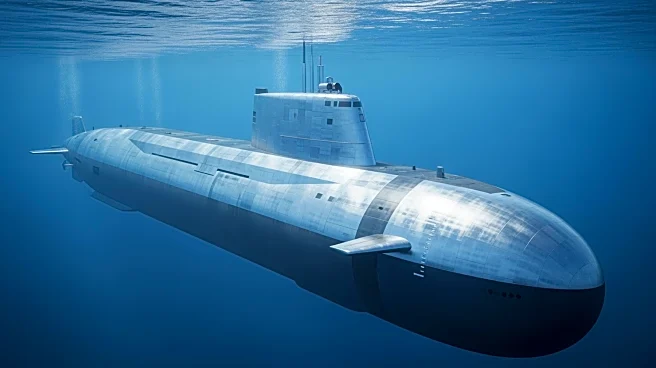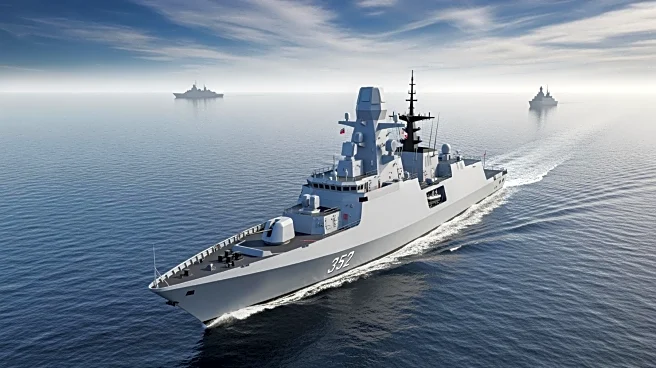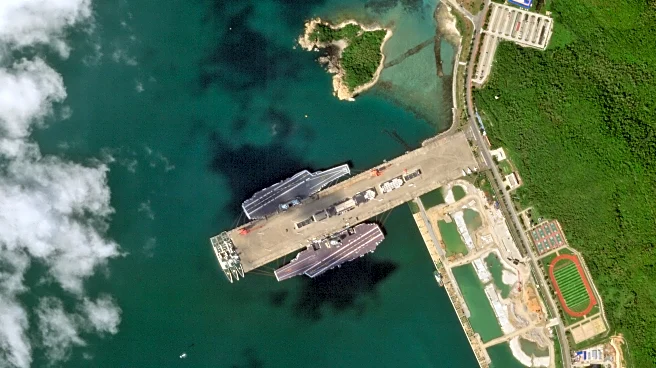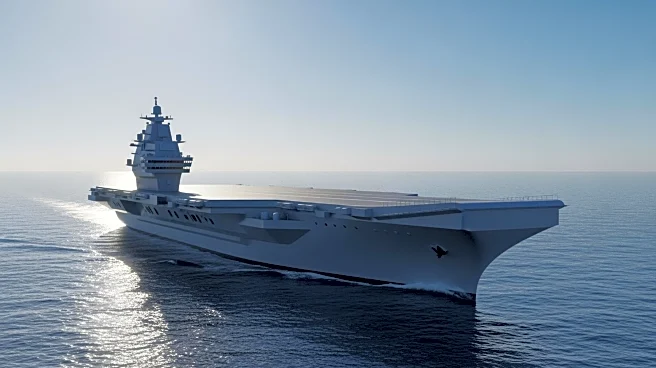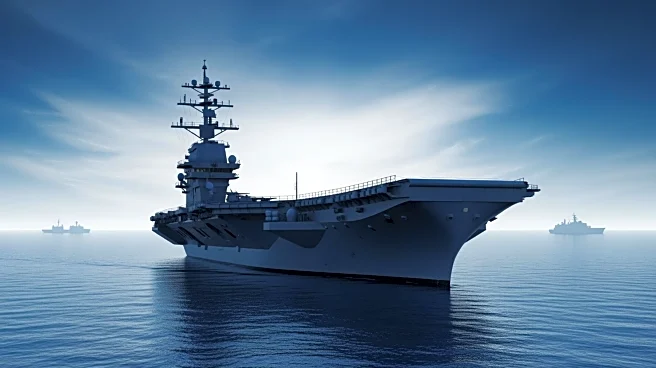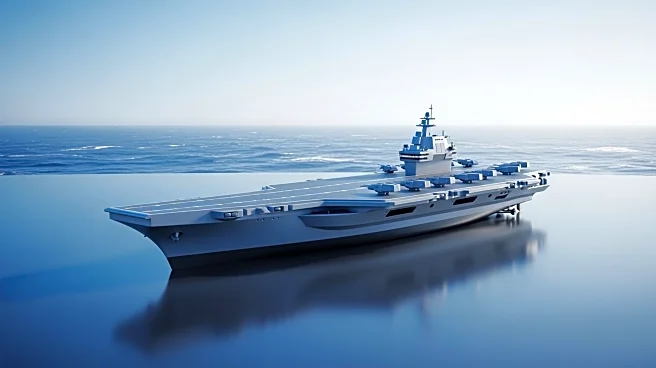What's Happening?
The United States Navy has deployed nuclear-powered submarines across the western Pacific as a strategic deterrent against China's expanding military presence. This move comes as Japan considers developing
submarines powered by nuclear reactors to bolster its defense capabilities. The deployment is part of a broader effort by the U.S. and its allies to counter China's growing naval threat, which includes intensified activities in regions surrounding Japan, such as the East China Sea and the Sea of Japan. The U.S. Pacific Submarine Force is making significant investments in undersea warfare capabilities to maintain a secure and open Indo-Pacific region.
Why It's Important?
China's military expansion poses a challenge to U.S. dominance in the Pacific, prompting the U.S. and its allies to enhance their defense strategies. Japan's potential development of nuclear-powered submarines signifies a shift in regional defense dynamics, potentially increasing military capabilities against Chinese aggression. The deployment of U.S. submarines serves as a deterrent and underscores the strategic importance of maintaining a balance of power in the region. This development could lead to increased military collaboration between the U.S. and Japan, impacting regional security and diplomatic relations.
What's Next?
Japan's decision on whether to proceed with nuclear-powered submarines will be closely watched, as it could influence regional military strategies and alliances. The U.S. may provide assistance to Japan in developing these capabilities, further strengthening their defense partnership. Additionally, China's response to these developments will be critical in shaping future military and diplomatic interactions in the Pacific.
